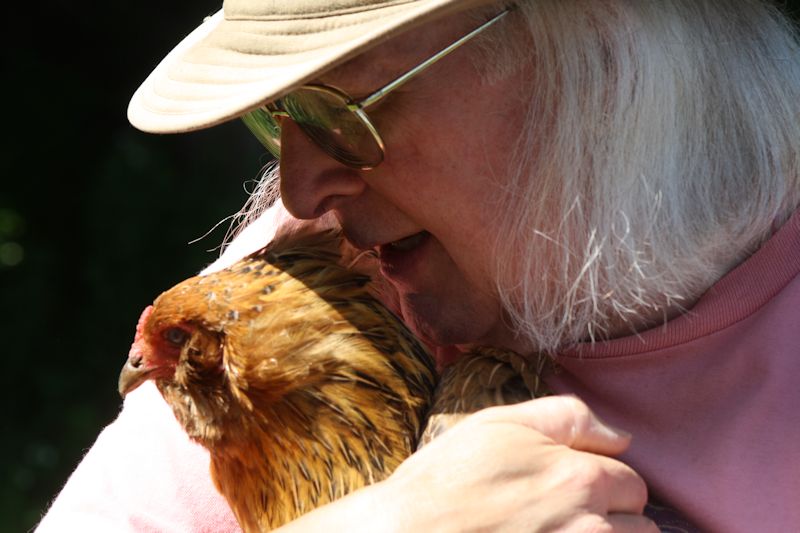I thought I had exhausted this topic with the first Winter Egg Production post. I had known for a long time about the effects of light on chickens. Farmers typically use lights to keep chickens producing during the winter months. Lamps are even used in smaller operations because the electricity is usually less expensive than letting the chickens stop laying. However, the first post pointed out the reasons that I don’t use lighting.
All of my chickens are cold hearty breeds, such as Americanas and Australorps. So, I don’t heat the coop in winter. If it’s an especially cold day, I keep the coop closed. Even though the coop isn’t insulated, it’s extremely wind resistant due to the construction methods used, so it really has to get exceptionally cold to affect the chickens. If you don’t have cold hearty breeds, you must always heat your coop to keep the chickens from dying in extreme cold conditions.
I keep track of the coop temperature as part of monitoring the birds. The trend I noticed is that chickens will lay more eggs when conditions are warmer, even if the amount of daylight falls below the 12 to 14 hour level. In fact, egg production can get to near half levels. For example, my chickens will typically lay 248 eggs in August. With the right winter temperatures, egg production can near 124 eggs, instead of the 63 I normally get. This fact was borne out recently during a warm spell when egg production unexpectedly increased.
My personal research led me to look for verification online. One article, What Minimum Temperature Do Hens Need to Lay Eggs?, actually sets temperature levels for egg laying. The information doesn’t completely coincide with my own statistics, but the author seems to be talking about chickens in general and mine are definitely cold hearty. The eggs you get will depend on all sorts of factors, including the amount of time that the chickens are allowed to wander around outside foraging. Mine are free to roam my properly as long as I don’t see any hawks circling overhead.
There are a number of articles that also discuss the effects of humidity—something I haven’t measured to date, but intend do start doing. So, it appears that my earlier post was a little light on details. Yes, you need appropriate light to obtain decent egg production, but chickens also appear to need proper temperatures and humidity as well. The environment also has an effect on egg laying, as well as the quality of the eggs you receive.
As with anything, the output you receive is directly proportional to the input you provide. Egg laying is a science that is misunderstood by many people who raise chickens. Understanding how to help you chickens produce better eggs is essential if you want to obtain the maximum benefits from your investment. Let me know your thoughts about chickens and egg laying at [email protected].

